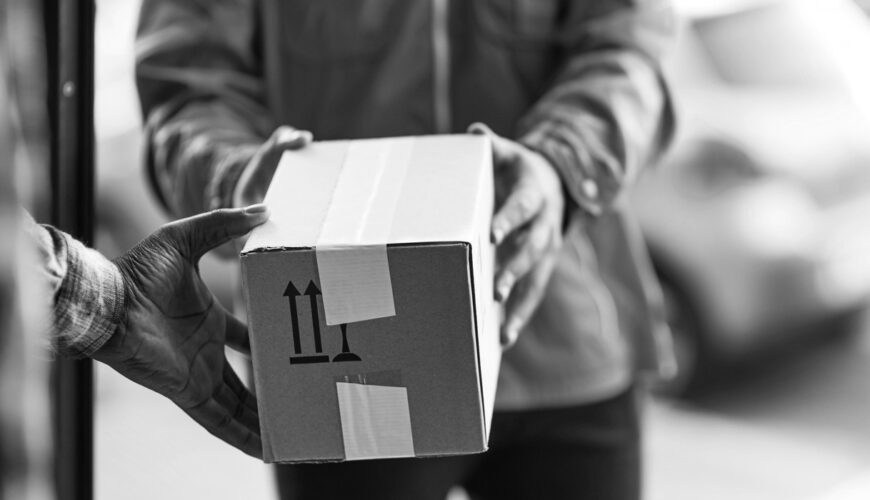E-commerce has transformed the way goods move around the world, and no part of the supply chain feels that pressure more than the last mile. Once the exclusive domain of parcel giants like UPS and FedEx, this final stretch of delivery is now attracting serious attention from truckload and less-than-truckload carriers. For them, what was once a low-margin, logistical headache is emerging as a promising new arena for growth.
Last mile delivery can account for as much as 30 to 40 percent of the total cost of transporting goods. That price tag reflects the complexity of moving individual packages from regional hubs into neighborhoods, apartment buildings, and rural driveways. Rising fuel prices, traffic congestion, and labor shortages only magnify the challenge. Yet despite the costs, consumer expectations continue to climb. Two-day shipping is no longer impressive; customers now want same-day or even same-hour service, along with real-time tracking and flexible delivery options.
Trends in Last Mile Delivery
Shifting Strategies for Carriers
This evolving landscape has forced carriers to rethink their approach. Many are investing in micro-fulfillment centers, smaller, strategically placed warehouses in urban areas that bring inventory closer to consumers. By shortening the final leg, companies can cut both costs and delivery times. Others are turning to advanced routing software and predictive analytics to make deliveries more efficient, saving minutes on each stop and squeezing more productivity from every vehicle. For large carriers accustomed to long-haul efficiency, these last mile adjustments are reshaping their business models.
Sustainability in the Spotlight
Sustainability is another driver of change. Electric vans, cargo bikes, and even sidewalk robots are becoming part of the mix as companies seek to reduce emissions and appeal to environmentally conscious customers. Regulations in major cities are accelerating this shift, prompting carriers to adopt greener fleets and more sustainable packaging alternatives. What once seemed futuristic, like autonomous delivery vehicles or drones, no longer feels out of reach, as pilot projects gain traction in both urban and rural markets.
Retailers Taking Control
Some companies are already leading the way. Tractor Supply, for example, has expanded its own delivery infrastructure in rural areas, renting trucks and hiring drivers to bring bulky items like feed, fencing, and equipment directly to customers’ homes. Amazon, meanwhile, continues to refine its famously intricate logistics network, experimenting with new tools to shave seconds off every delivery and reduce failed drop-offs. These moves signal a broader trend: retailers and carriers alike are taking greater control of the last mile, rather than leaving it entirely in the hands of traditional parcel players.
Challenges on the Road Ahead
Still, the challenges are formidable. The investment required for micro-fulfillment, electric fleets, and new technology is steep. Labor shortages persist, and scaling flexible delivery models without sacrificing consistency remains difficult. At the same time, regulators are only beginning to grapple with how to integrate drones, autonomous vehicles, and other emerging solutions into already crowded streets.
The First Priority in Logistics
Even so, the momentum is undeniable. The last mile is no longer just a cost center; it is quickly becoming a differentiator. Carriers that succeed in combining speed, reliability, sustainability, and cost efficiency will not only win contracts but also shape the future of logistics itself. For shippers and consumers, that could mean more choice, better service, and potentially lower prices.
The message is clear: in a world where customer satisfaction hinges on doorstep delivery, the last mile has become the first priority.


